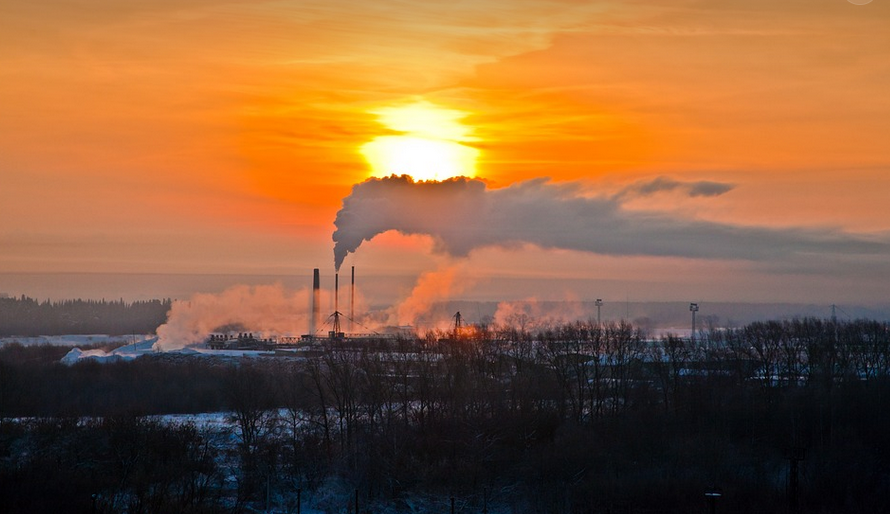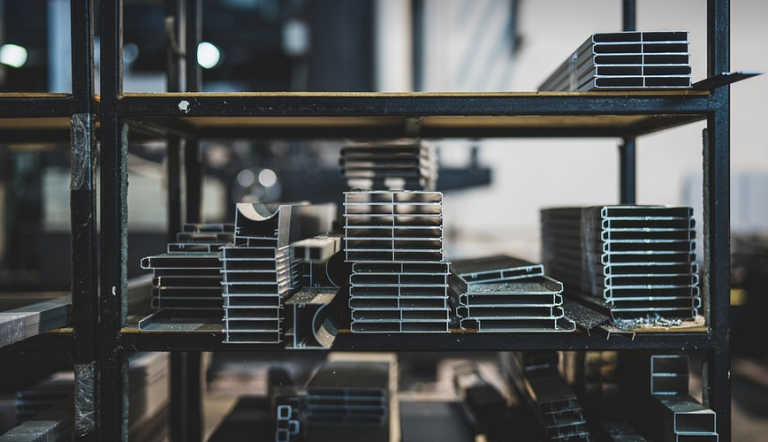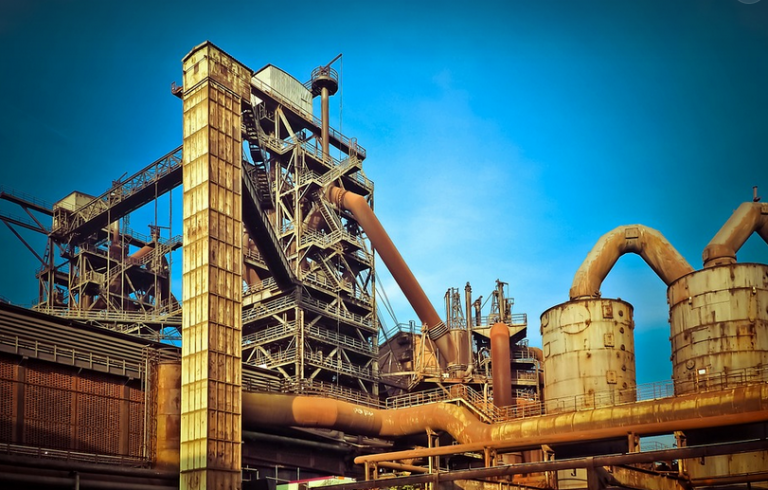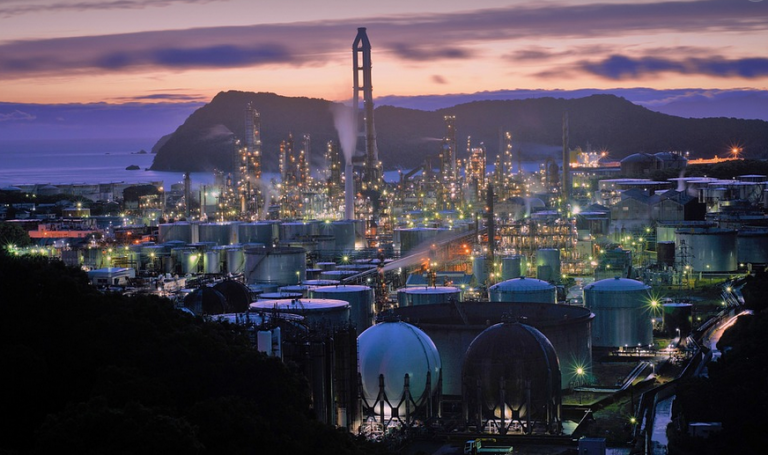
Getting Started with Victoria’s Recycling Program
It’s that time of year again – spring cleaning, backyard BBQs, and maybe even some ambitious DIY projects. But amidst all the excitement, remember one thing is crucial: recycling! Victoria boasts an excellent recycling program designed to make sustainability a seamless part of our everyday lives. This guide will take you through the city’s specific recycling rules, offering clarity on what materials can be tossed into your blue bin and how to maximize your contribution to a healthier planet.
Victoria’s commitment to environmental responsibility is evident in its comprehensive recycling program. It isn’t just about throwing things in a blue bin; it’s about understanding the “why” behind each step, from separating recyclables at home to contributing to local and global efforts for a greener future.
Understanding Victoria’s Recycling Hierarchy
Before diving into specific materials, let’s understand the underlying principles of this program. Victoria’s recycling program operates on a hierarchical system: the goal is to reduce waste by first aiming to reuse items whenever possible before resorting to disposal. This translates to a circular economy approach where resources are used efficiently and minimized waste generation.
It starts with Source Reduction, the most impactful step! Before you even think about recycling, consider if there’s a way to reduce your consumption or use less of something. For instance, opting for reusable grocery bags instead of disposable plastic bags will have a positive impact on both your wallet and the environment.
The Blue Bin: Your Gateway to Recycling
The blue bin is your recycling hub in Victoria! Designed with efficiency in mind, it’s the perfect place to sort your recyclable materials. It’s designed for specific types of waste to ensure a smooth recycling process. To maximize your impact and make the most of this program, here’s how to navigate your blue bin:
**What Goes in your Blue Bin?**
1. **Paper:** Newspapers, magazines, junk mail, office paper (unbound), cardboard boxes (flattened) — these are all recyclable! Make sure you flatten those boxes and remove staples. 2. **Plastic Bottles & Containers:** Keep them clear and empty. It’s crucial to ensure the containers are rinsed and any lids removed before they’re placed in the bin. Remember, not all plastics are created equal – check your local guidelines for specific numbers on the plastic bottles or containers. 3. **Metal Cans:** Rinse out these cans as much as you can and remove any labels. 4. **Glass Bottles & Jars**: If it’s clear, avoid using colored glass that may contain contaminants. Glass is a valuable resource; recycle it to ensure its efficient repurposing!
**What’s Not Recyclable?**
1. **Food Waste:** This is a no-go in the blue bin! Even though many items can be composted, food waste should not be added to your recycling. 2. **Plastic Bags & Film**: These are difficult for machines to process; instead, bring them to designated collection points or find alternative ways to dispose of them properly.
Beyond the Blue Bin: A Bigger Picture of Sustainability
Victoria’s commitment to sustainability goes beyond just recycling. You can take part in a more extensive approach to reduce waste and protect our environment. Some additional steps you can take include:
1. ** Composting**: By starting your own compost bin at home, you’ll be able to divert organic material from the landfill, creating fertile soil for your garden or houseplants. 2. **Reduce Consumption**: This is a crucial part of sustainability! Ask yourself “Do I really need this?” before buying something new. Think about how you can use what you already have, and choose durable items over disposable ones to reduce waste generation in the long run. 3. **Repair First**: Before throwing away something, consider repairing it first. You might be surprised at your ability to fix simple things with a little creativity and elbow grease! 4. **Support Local Initiatives:** Look for local organizations or businesses that are dedicated to environmental protection – you’ll find opportunities to get involved in initiatives that contribute to a more sustainable future!
Stay Informed: Explore Victoria’s Resources
Don’t be lost in the world of recycling – it can seem daunting at first, but with some knowledge and guidance, it becomes easier. Here are some resources for further exploration:
1. **City Website**: The official website for the City of Victoria is a treasure trove of information on all things environmental. 2. **Recycling Guidebook:** Get a copy for yourself or check out the digital version online to get detailed information on what materials are recyclable, when and where to bring them. **Remember: Your efforts matter! Embrace small changes that can create a bigger impact on our city’s environment and contribute to a brighter future for all.**


